The COVID-19 pandemic has put a spotlight on disinfection technology.
UV radiation is a promising approach to prevent airborne infections and infections caused by exposure to contaminated surfaces.
It has long been known as an option to inactivate pathogenic microorganisms, especially for water disinfection. Today, it is increasingly used in surface disinfection applications, as well. However, a prudent approach, familiarity with the technology, and a clear understanding of what and how to measure’ are crucial for reliable results.
Sources of UV Radiation
Electromagnetic radiation in the wavelength range between 200 nm and 280 nm is referred to as the UV-C part of the ultraviolet spectrum.
The natural source of UV radiation is the Sun. Most of the UV-C that the Sun generates is blocked by the ozone layer in the atmosphere. Among man-made UV-C sources, the most common are gas discharge lamps. For a long time, mercury vapor lamps dominated the UV lamp market. Now, the latest advances in LED technology are bringing UV-C LEDs into the disinfection “game,” specifically ones in the 260 to 280 nm range.
Although UV-C LEDs are still relatively expensive and less energy efficient than established UV-C sources, they can already be efficiently used in well-designed disinfection systems, especially for point of use applications.
The great strengths of UV-C LED solutions are miniaturization, robustness, better control of heat flow, and precise tuning of wavelengths.
Read full article to understand measurement considerations of disinfection methods based on UV radiation for fighting COVID-19 in the current pandemic.

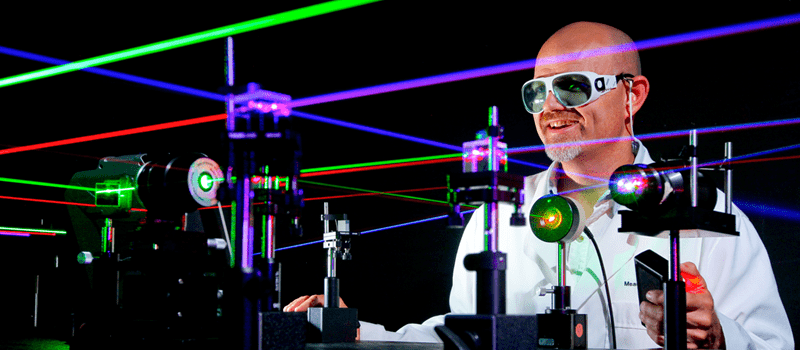
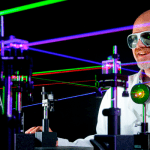
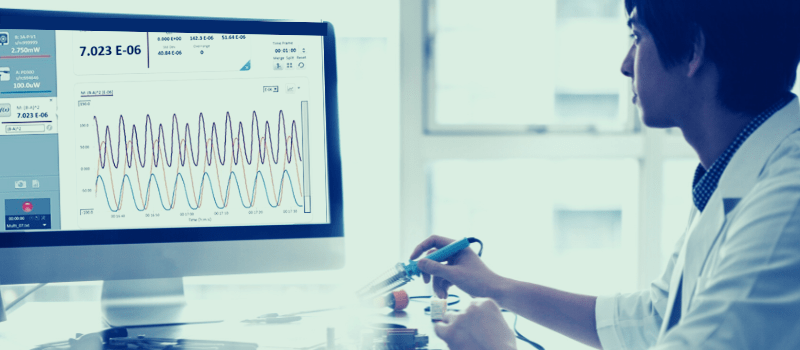
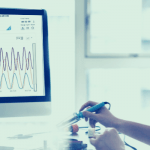
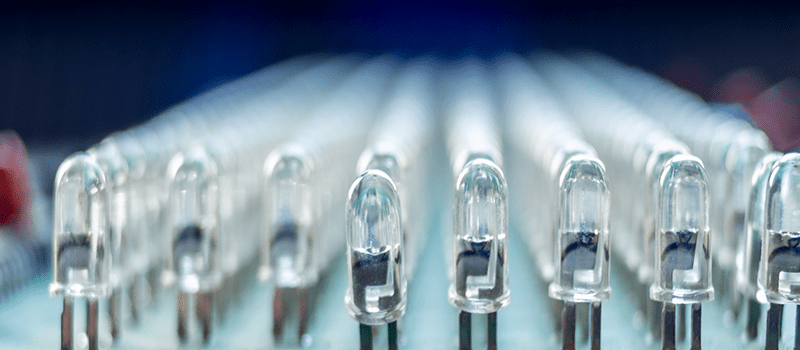
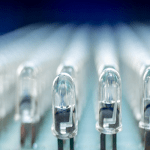


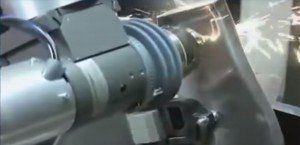
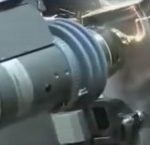


Leave a Reply
Your email address will not be published. Required fields are marked *